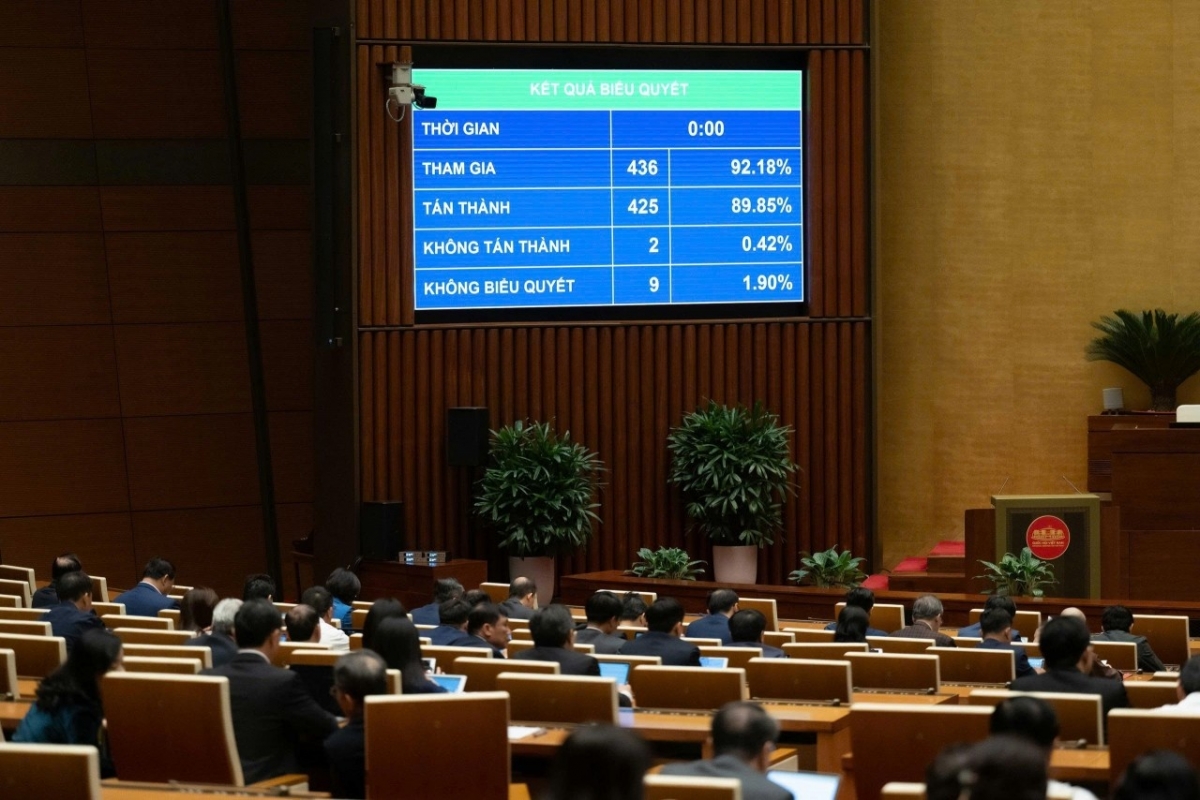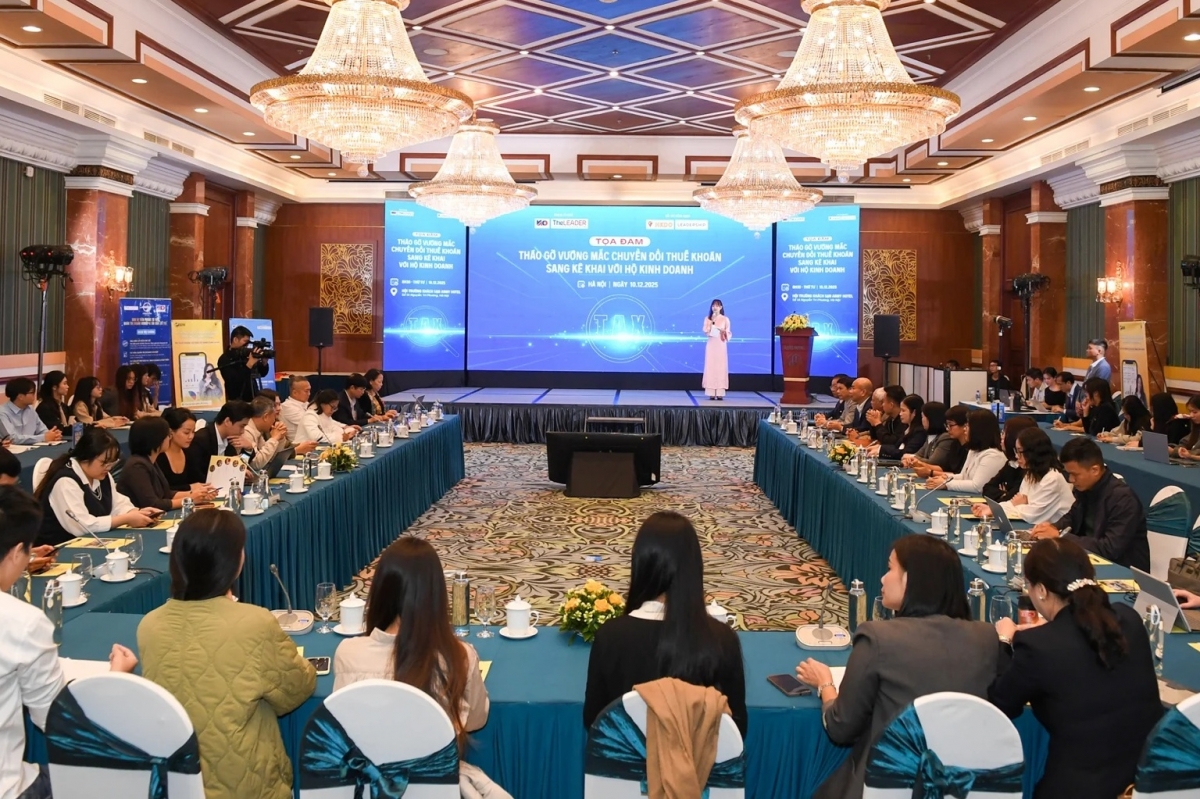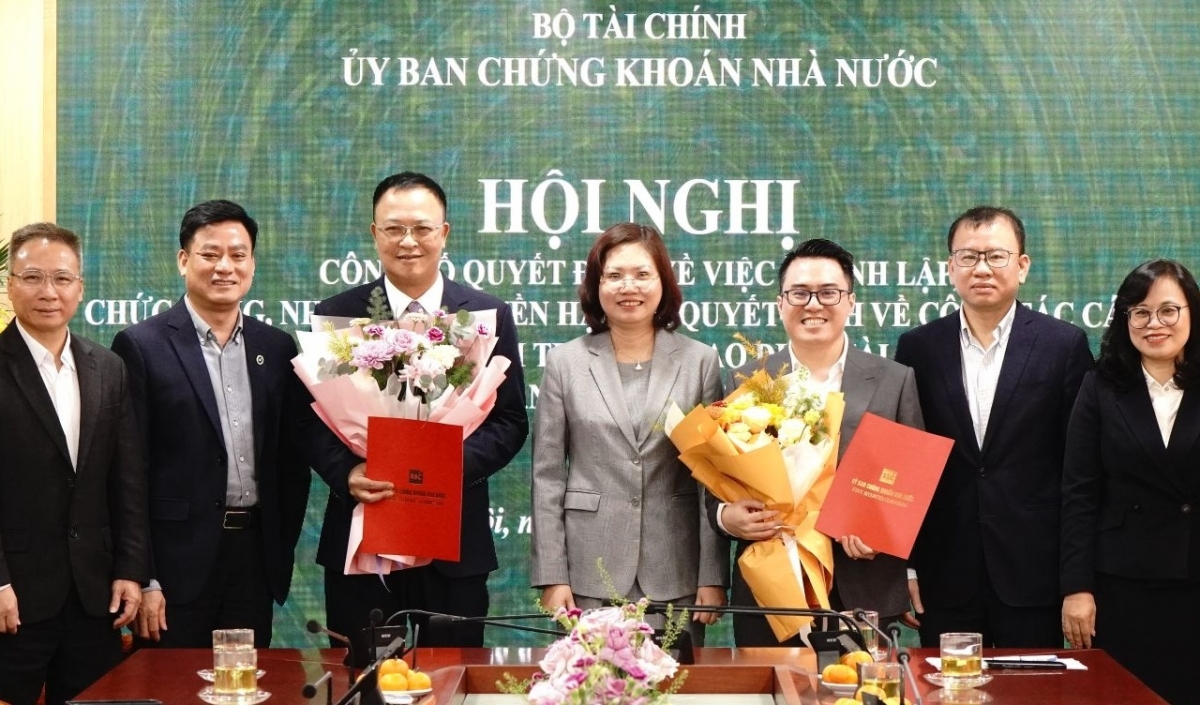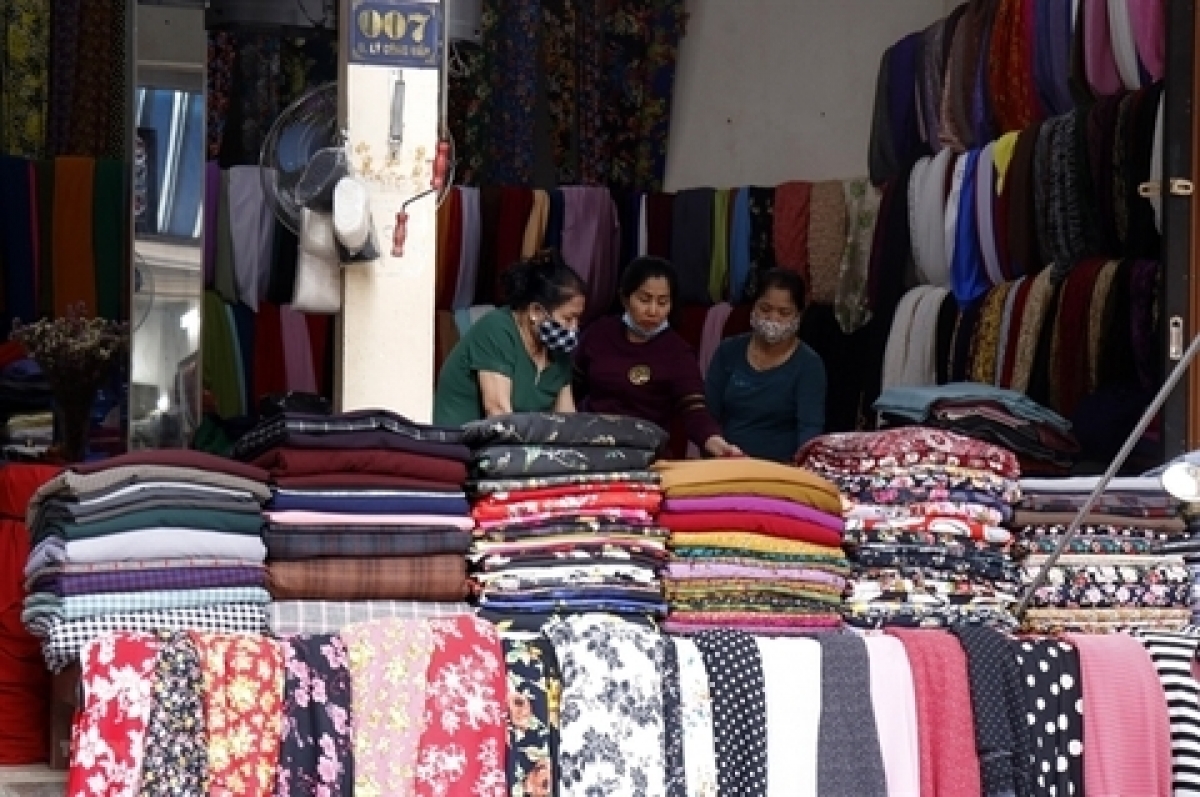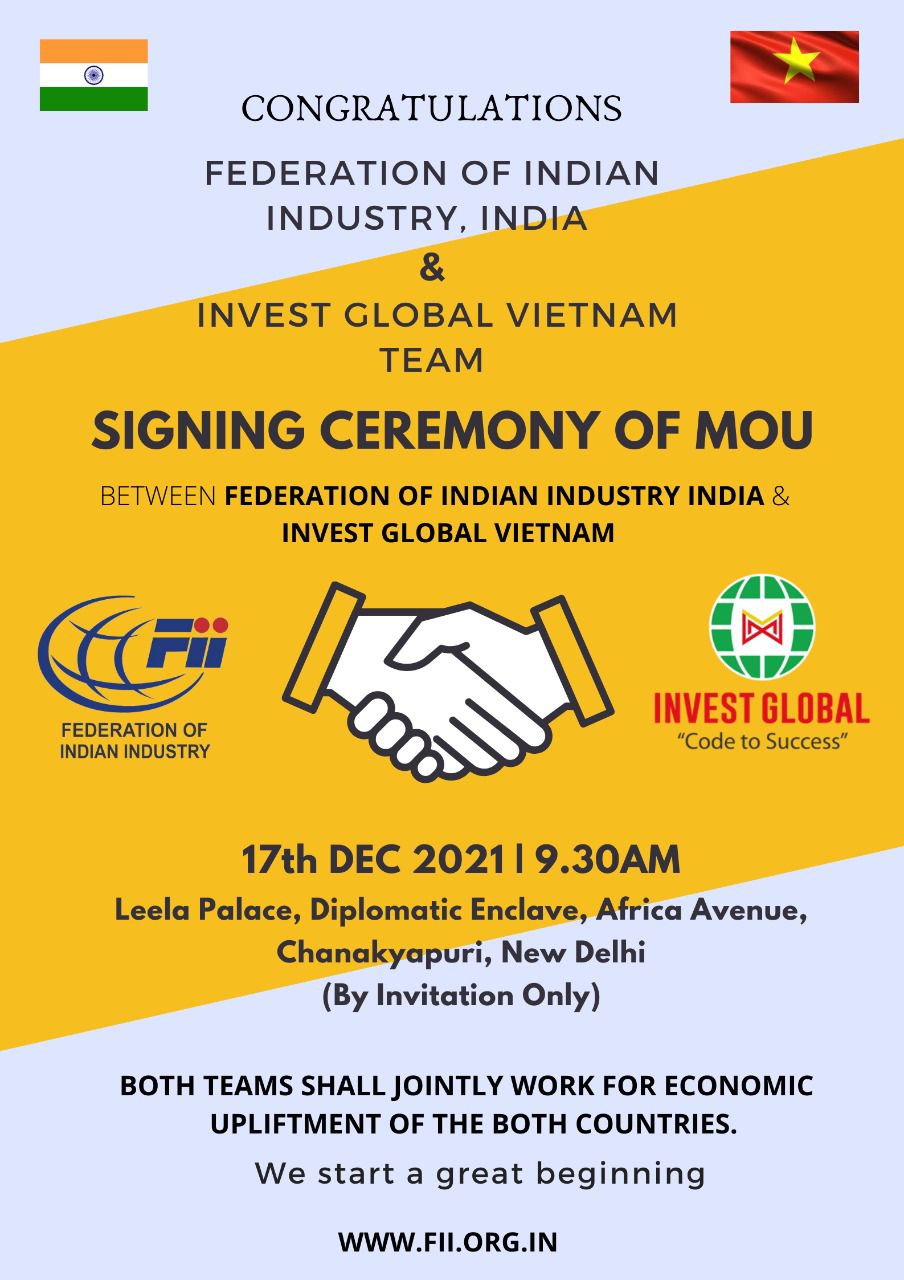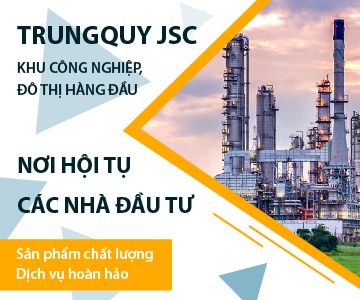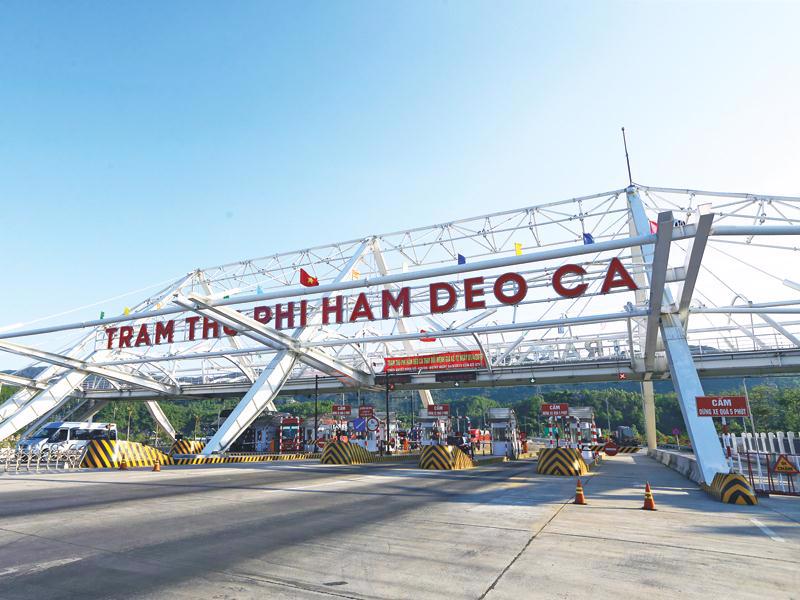INTERNATIONAL INVESTMENT
AND PORTAL
 Vietnam is formulating a new strategy for aligning foreign capital with sustainable development, Le Toan
Vietnam is formulating a new strategy for aligning foreign capital with sustainable development, Le Toan
Minister of Finance Nguyen Van Thang in late June reported that as Vietnam is working to draw in more foreign investment, it has been and will continue introducing new solutions.
“Foreign direct investment (FDI) attraction is now closely linked with requiring foreign investors to substantially transfer technology to domestic partners, and to help promote innovation capacity,” he said.
Vietnam will adjust policies on investment incentives, with conditions requiring knowledge transfer. Large foreign-led projects will be asked to submit plans detailing how they will engage local supply chains, support small- and medium-sized enterprises in training, testing, and technical collaboration from the outset.
“In the coming time, in the process of welcoming new foreign-funded ventures, all these issues must be raised and there must be a very specific legal requirement for international enterprises to comply with this, to avoid the situation [of wooing capital purely in quantity] as in the recent past,” Minister Thang stressed.
According to the Ministry of Finance (MoF), in order for Vietnam to become a developed nation by 2045, the country will “carry out selective mobilisation of FDI, with priority placed on bringing in ventures involving high-end technologies and innovation, embracing added value and environmental sustainability, rather than focusing on numbers alone”.
FDI from Vietnam’s strategic partners, including the G7, South Korea, Singapore, Taiwan, the US, and the EU, will be a key target, and these sources will be closely tied to industries that Vietnam is prioritising, Minister Thang stressed at a recent Q&A session at the National Assembly (NA).
“Amid intense strategic competition among global economies, Vietnam is formulating a new strategy for aligning this capital with sustainable development,” he said.
Vietnam’s strategy for competing internationally will shift from offering tax breaks to enhancing the overall quality of the domestic business climate and its supporting sectors, placing strong emphasis on infrastructure for industrial zones and economic areas.
Furthermore, the government will also provide foreign-invested enterprises with stable power supply, available land, and a highly skilled workforce, while streamlining procedures after licences are granted. These efforts aim to reduce the lead time for implementation.
“In addition, the MoF is drafting new regulations to establish a number of specialised industrial areas dedicated to AI development and some smart complexes, in order to improve the level of technical sophistication in FDI sectors and generate spillover benefits for domestic businesses,” Minister Thang stated.
Several incentives have been introduced for such investors. For example, on June 14, the NA adopted the revised Law on Corporate Income Tax (CIT), which was prepared by the MoF, offering preferential treatment to a range of enterprises and initiatives.
The revised law stated that professions and sectors eligible for a 10 per cent CIT rate within the first 15 years from launch include application of advanced technologies listed in the government’s priority portfolio, high-tech incubation, and construction and operation of related incubator facilities.
Also eligible are the development of software and critical IT products; cybersecurity goods and services; construction of AI data hubs; and research and design as well as production, packaging, and testing of semiconductor chips.
Incentives also apply to output from supporting industries for textiles and garments, leather and footwear, electronics and informatics, vehicle manufacturing and assembly, and precision engineering.
Last year, the government approved Vietnam’s semiconductor industry development strategy and a human resource development programme towards 2030, in which it aims to train at least 50,000 engineers for the full-value chain of the semiconductor field. Vietnam has formed partnerships with leading global firms like Siemens and Intel to establish a microchip design incubation centre in the country.
Authorities will also support Vietnamese companies in acquiring or merging with international firms that hold proprietary technologies. Universities, research institutes, and specialists are being linked with FDI stakeholders to learn from their experience in applying advanced systems and digital tools.
“All of these technological and talent-related measures aim to ensure that FDI flowing into Vietnam will truly become a powerful driver for local innovation and help Vietnamese companies ascend the value chain,” Minister Thang stressed.
At present, global trends are focusing on advanced systems, core technologies, semiconductors, AI, renewable energy, circular economy, and sustainability.
“Vietnam continues to be seen as an appealing destination for FDI thanks to a well-aligned strategy. We enjoy political stability, strong positioning, and a favourable business environment. The inflow of FDI remains robust despite significant external challenges,” the MoF stated.
The MoF reported that as of May 31, the country had nearly 43,350 foreign-led ventures registered at $517.14 billion. Actual disbursed capital has reached $331.5 billion, equal to 64.6 per cent of total pledges. Contributions from FDI make up about $20.5 billion to the state budget in 2024, up 12 per cent on-year and accounting for 24.7 per cent of total government revenue.
Vietnam’s past success led to the emergence of constraints that hamper the transition towards higher value-added exports. Relatively low wages created a strong comparative advantage in labour-intensive global value chain segments, bringing in substantial FDI, but led to high concentration of economic activity in low value-added final assembly.
This, in turn, created a strong demand pull for low-skilled workers, benefitting especially poorer households, but simultaneously dampened the relative returns to higher education and discouraged private investment in human capital.
It also drove the emergence of a dual economy with an over-reliance on FDI for exports, but limited involvement from domestic enterprises. Similarly, low energy costs supported competitiveness, especially in manufacturing, but also induced a relatively high carbon intensity of the export sector.
Underlying Vietnam’s current export model is a dual economic structure with outbound activity concentrated within foreign-invested enterprises, and limited participation by local players.
These enterprises, while representing only 3 per cent of the total 900,000 businesses operating in Vietnam, employ a significant number of people – 17.8 million workers, or 35 per cent of the country’s formal workforce. These firms are crucial to the export sector, particularly in specific subsectors.
On the other hand, domestic firms are largely involved in traditional sectors such as construction, repairs, and hospitality, and are generally inward-looking, focusing on servicing the home market.
As such, foreign-led enterprises largely operate in isolation rather than as a catalyst for broader growth, with limited spillovers to the local private sector in the form of increased demand for inputs, access to new tools, managerial expertise, demonstration effects, and agglomeration benefits.Source: World Bank
Nguyen Thi Hong, governor, State Bank of Vietnam
It is necessary to improve the effectiveness of capital use in the context that we are bringing in large volumes of FDI, particularly in the form of long-term equity flows. However, over the past years, we have not fully taken advantage of many opportunities regarding capital, knowledge transfer, and management skills, and notably there has been no substantial link between global enterprises and local ones.
Therefore, there needs to be a change and a renewal in the way Vietnam welcomes FDI in the coming period – with a focus on facilitating the transfer of capital, expertise, and leadership methods, and strengthening the connection between FDI and the domestic economy.
The MoF, which is the focal agency in charge of coordinating the macroeconomy, has stated that in order to achieve high economic growth, we must rely on both domestic and foreign funding.
The State Bank of Vietnam agrees with this view and has reiterated it at various meetings and conferences. FDI can take many forms – direct participation, portfolio flows, and debt financing. With our current indicators on debt and fiscal management, there is still room to further expand access.
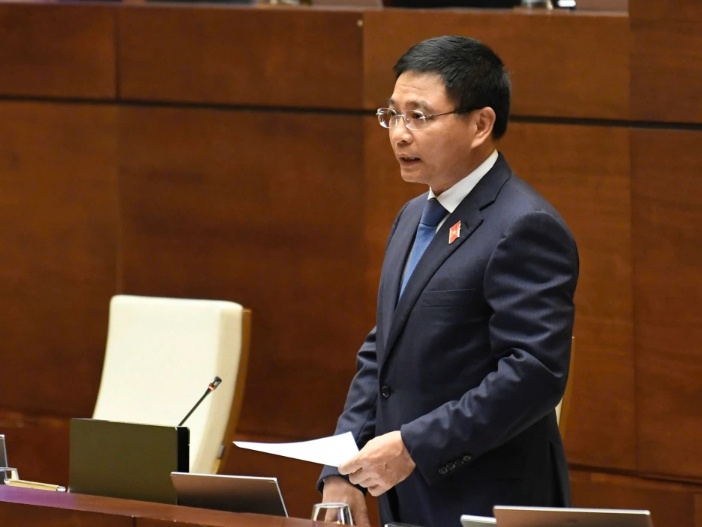 Vietnam targets strategic FDI for innovation and long-term value
Vietnam targets strategic FDI for innovation and long-term value
Vietnam is reshaping its foreign direct investment strategy to prioritise high-quality, technology-driven, and sustainable projects, aiming to boost innovation, productivity, and national competitiveness in a changing global landscape.
 Vietnam and New Zealand: from trade partners to FDI allies
Vietnam and New Zealand: from trade partners to FDI allies
Despite contributing only a modest share of Vietnam’s foreign direct investment (FDI) inflows, New Zealand is positioning itself as a strategic partner in Vietnam’s next development chapter. The two nations’ deepening engagement is paving the way for increased capital flows in key areas such as green energy, agri-tech, education and training, and high-value manufacturing.
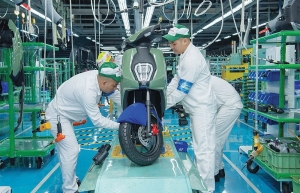 Policy progress vital for FDI inflow gains
Policy progress vital for FDI inflow gains
As the US tariffs loom, Vietnam’s foreign investment landscape is entering a crucial juncture. Seck Yee Chung, partner at Baker McKenzie, discussed with VIR’s Thanh Van his insights into current trends and investors’ strategies to navigate the evolving landscape.
